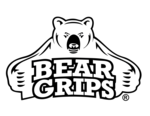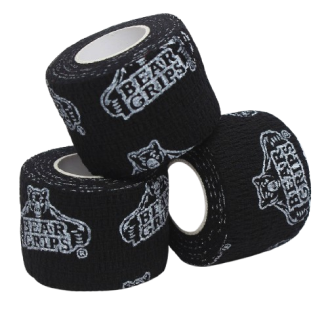CrossFit
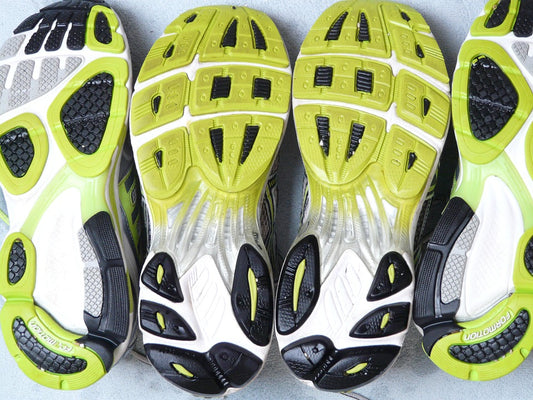
The Top 5 Must-Have Cross Training Gear
After you have made the decision to join CrossFit probably due to the benefits you have heard or seen others enjoying, the next step is to put your CrossFit gear...
The Top 5 Must-Have Cross Training Gear
After you have made the decision to join CrossFit probably due to the benefits you have heard or seen others enjoying, the next step is to put your CrossFit gear...
Cross Training Diet Tips on Speeding Up Fat Los...
The fat loss game is presumed to be much simpler in that you only need to eat less in the CrossFit diet than what your body requires and it will...
Cross Training Diet Tips on Speeding Up Fat Los...
The fat loss game is presumed to be much simpler in that you only need to eat less in the CrossFit diet than what your body requires and it will...
Cross Training Workout: Pistol Power, Its Compo...
In CrossFit, any single exercise that will make you stronger, more coordinated, more flexible, and which will give you the ability to run faster and jump higher is worth adding...
Cross Training Workout: Pistol Power, Its Compo...
In CrossFit, any single exercise that will make you stronger, more coordinated, more flexible, and which will give you the ability to run faster and jump higher is worth adding...
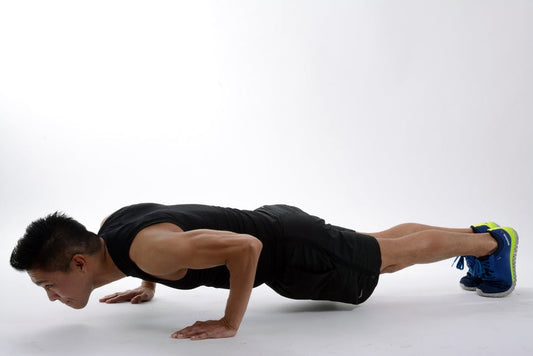
Burpee Workouts That Can Amazingly Supercharge ...
Every CrossFit athlete has their favorite workout and their least favorite as well. However, in certain circumstances, you may end up feeling average after your CrossFit gym session. Burpees are...
Burpee Workouts That Can Amazingly Supercharge ...
Every CrossFit athlete has their favorite workout and their least favorite as well. However, in certain circumstances, you may end up feeling average after your CrossFit gym session. Burpees are...
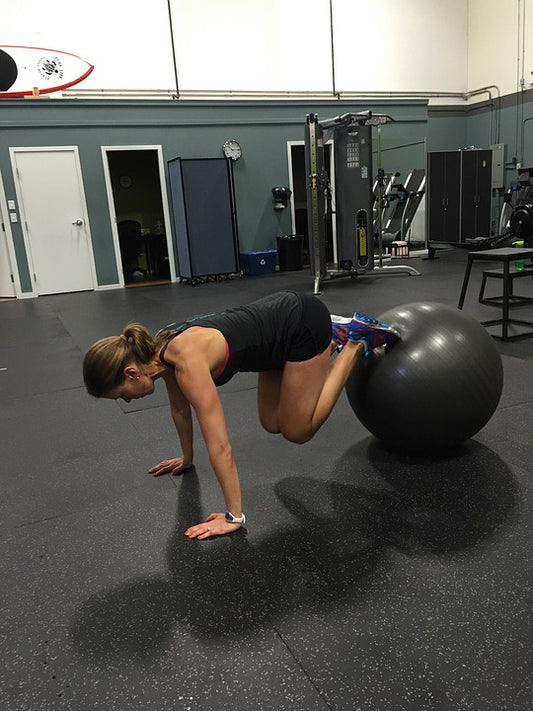
Cross Training Workout: 4 Amazing Benefits of T...
Not everyone has time at their disposal, and this means for optimal results, you have to work within your limited time to get the most out of it. This is...
Cross Training Workout: 4 Amazing Benefits of T...
Not everyone has time at their disposal, and this means for optimal results, you have to work within your limited time to get the most out of it. This is...
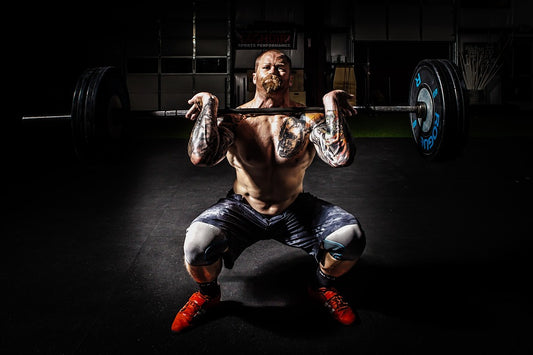
Workout of the day: Cross Training and What to ...
The human body system is structured in a way that if it is left to its own devices, it will never push itself hard enough to make the changes required...
Workout of the day: Cross Training and What to ...
The human body system is structured in a way that if it is left to its own devices, it will never push itself hard enough to make the changes required...
